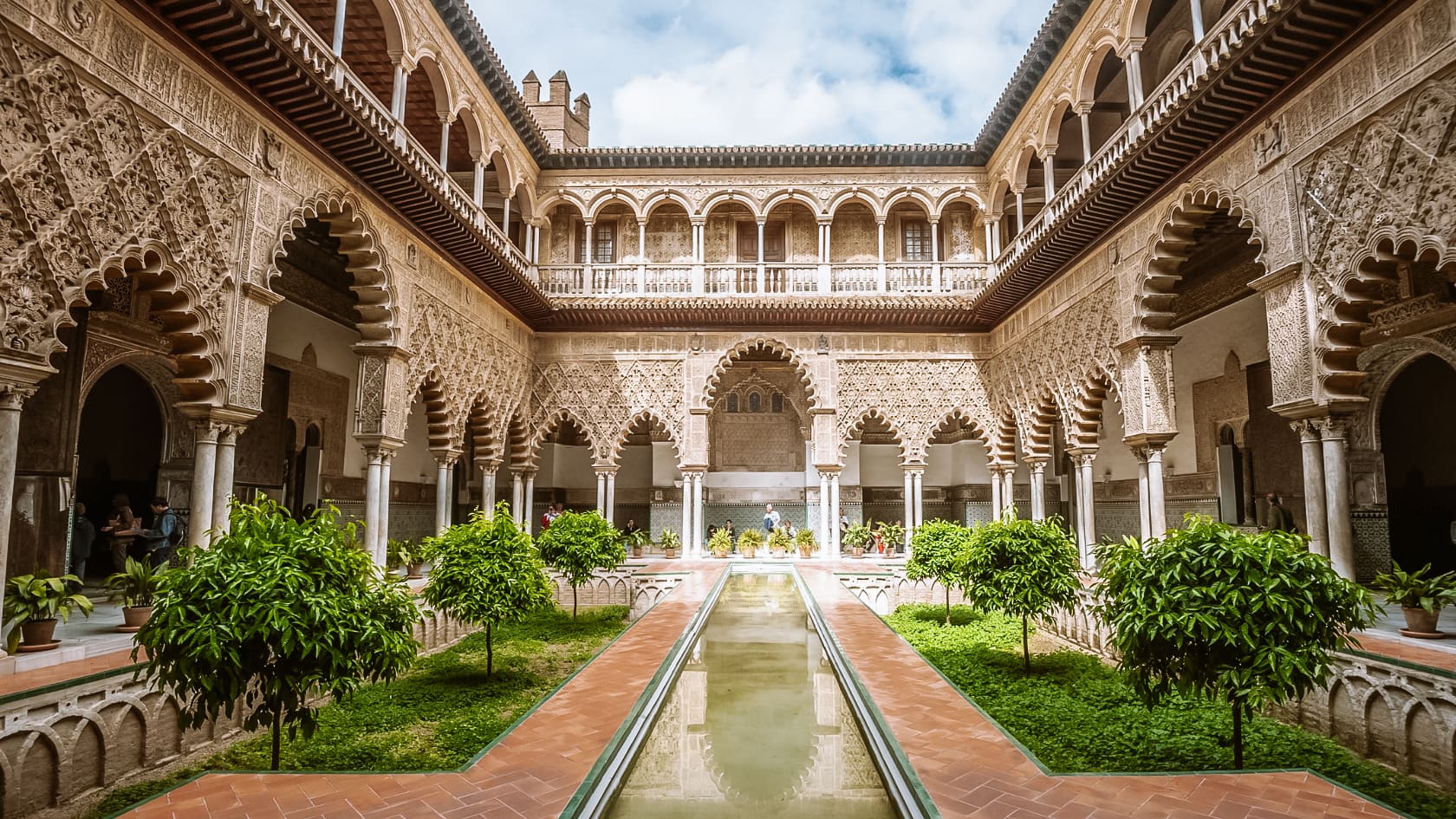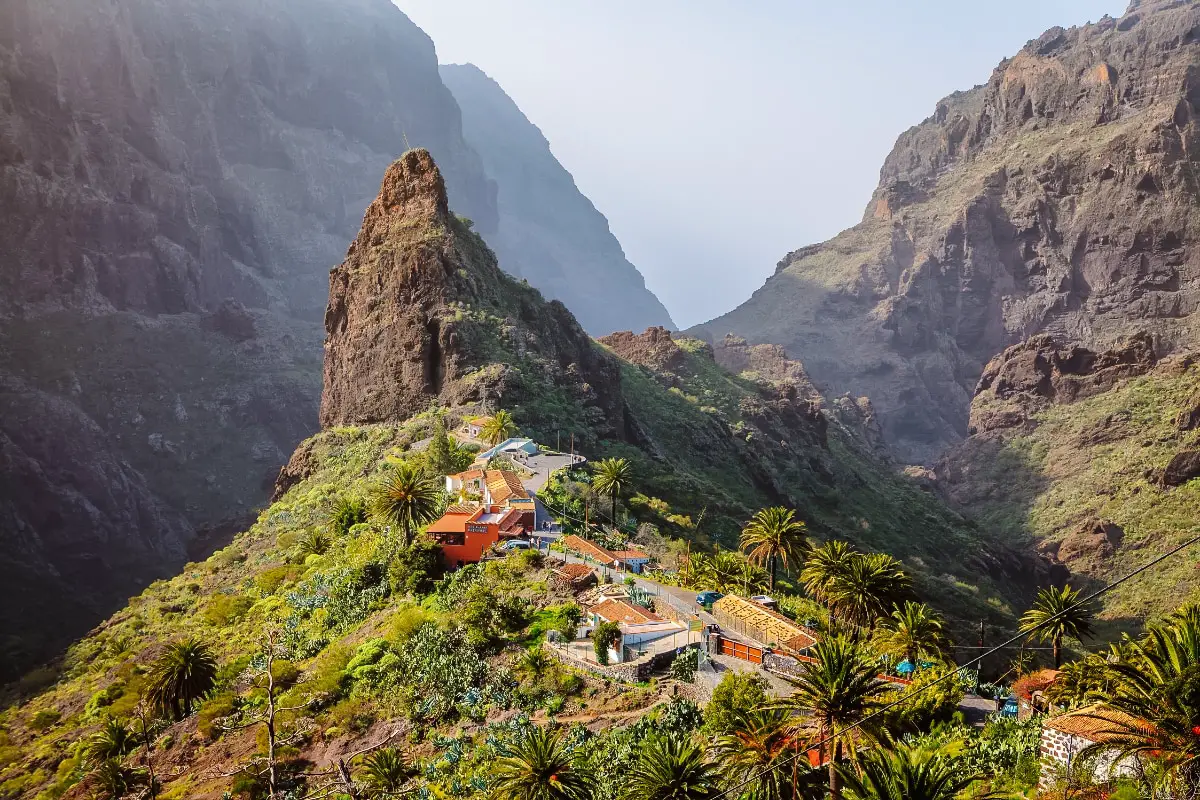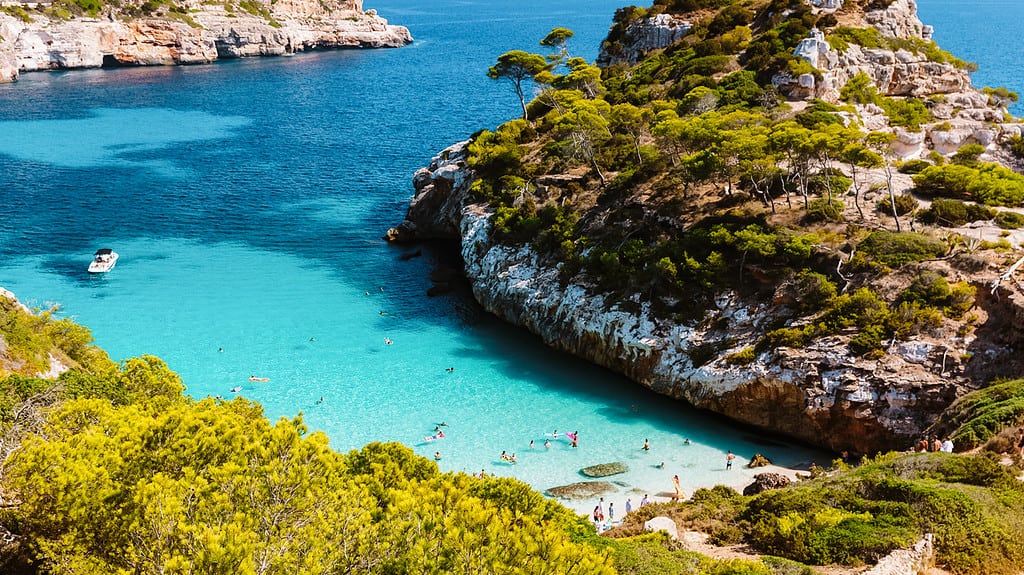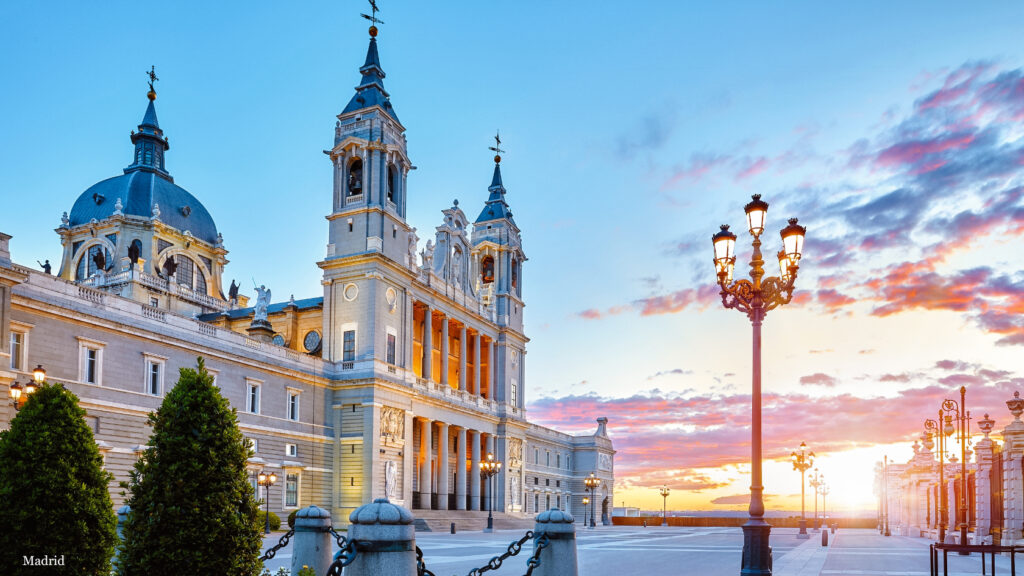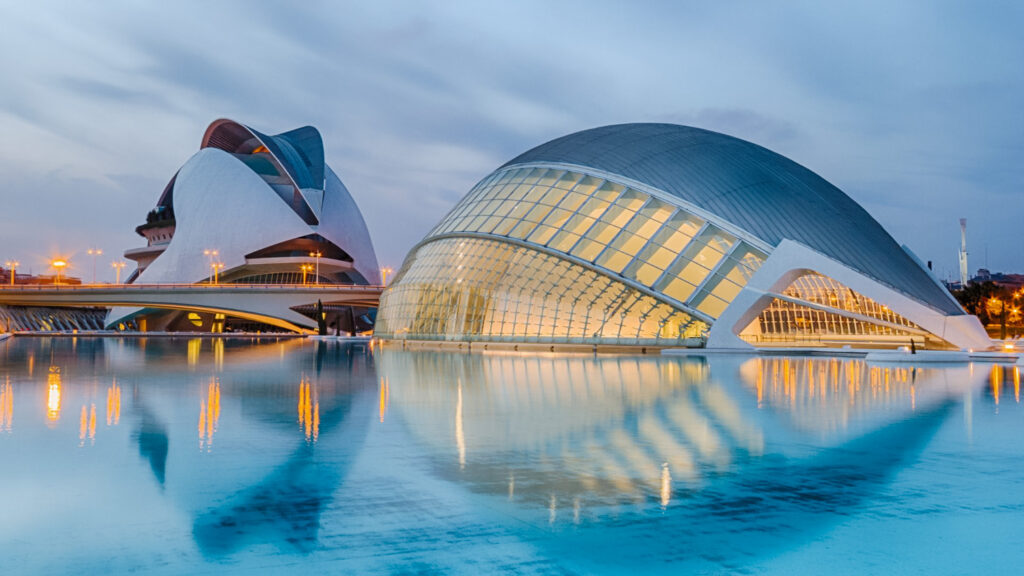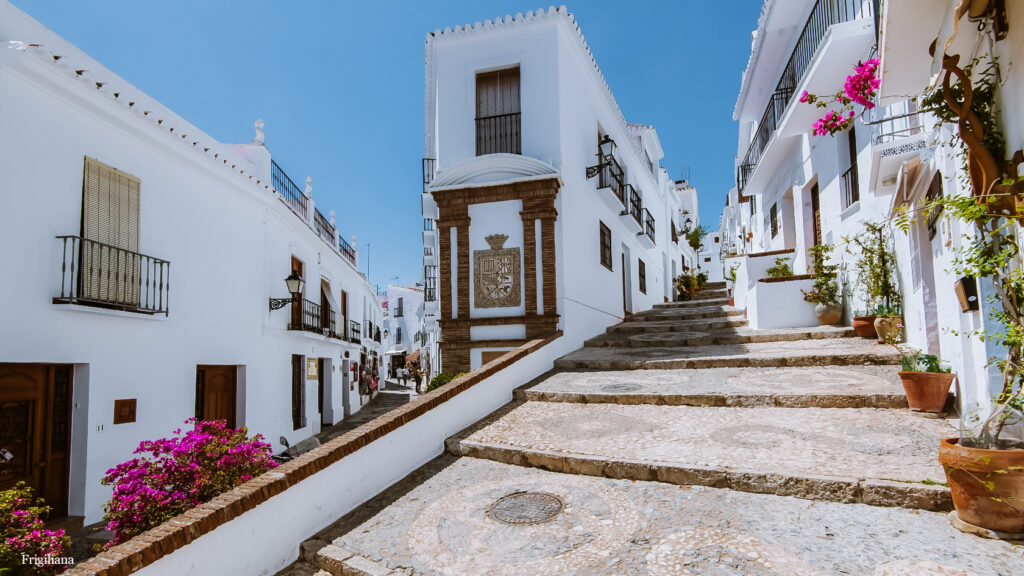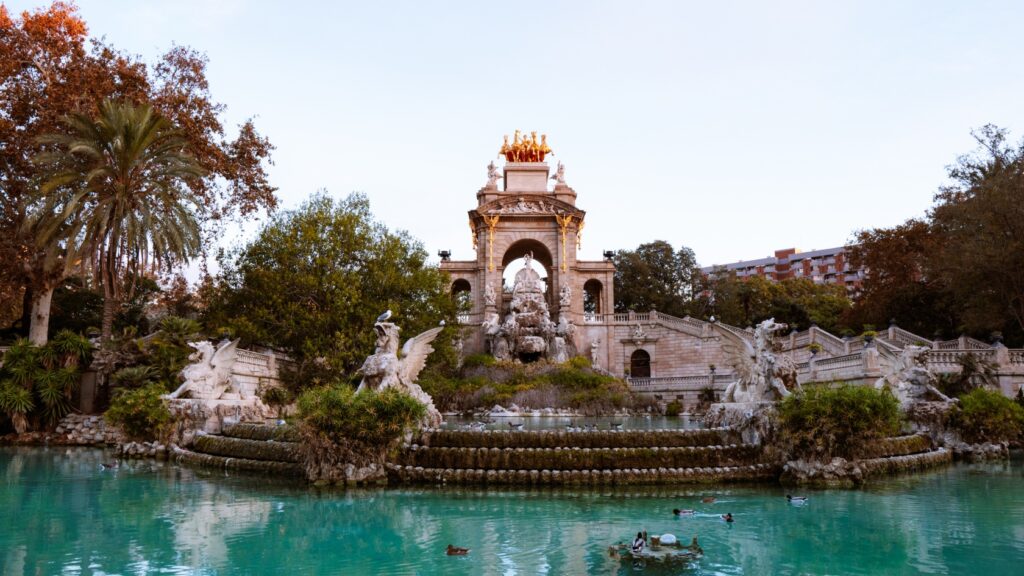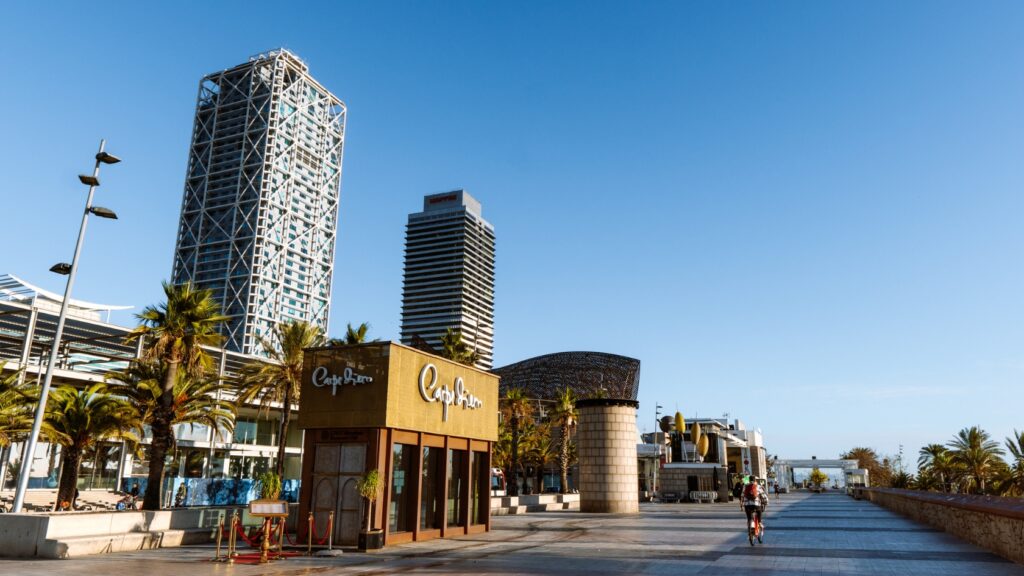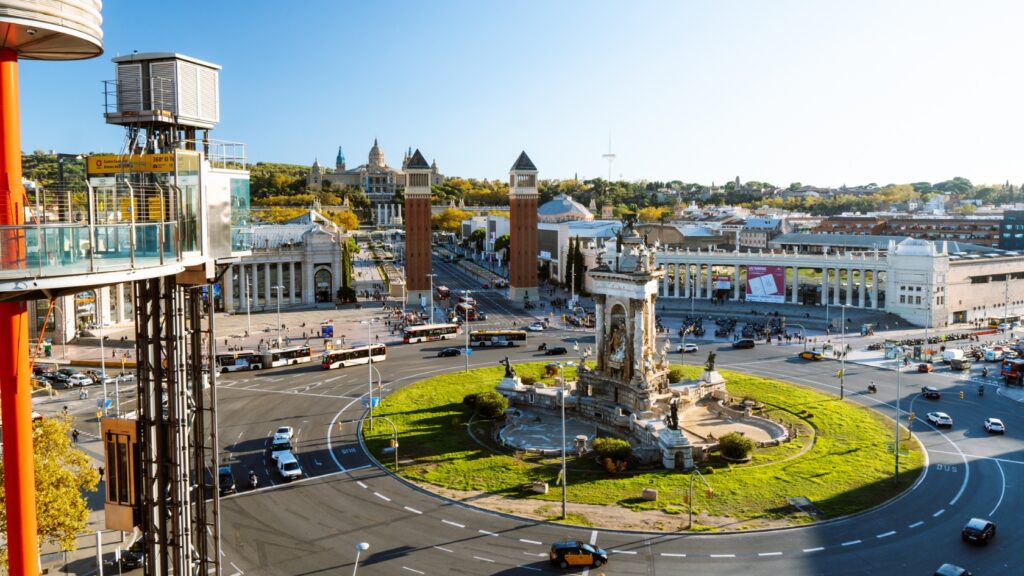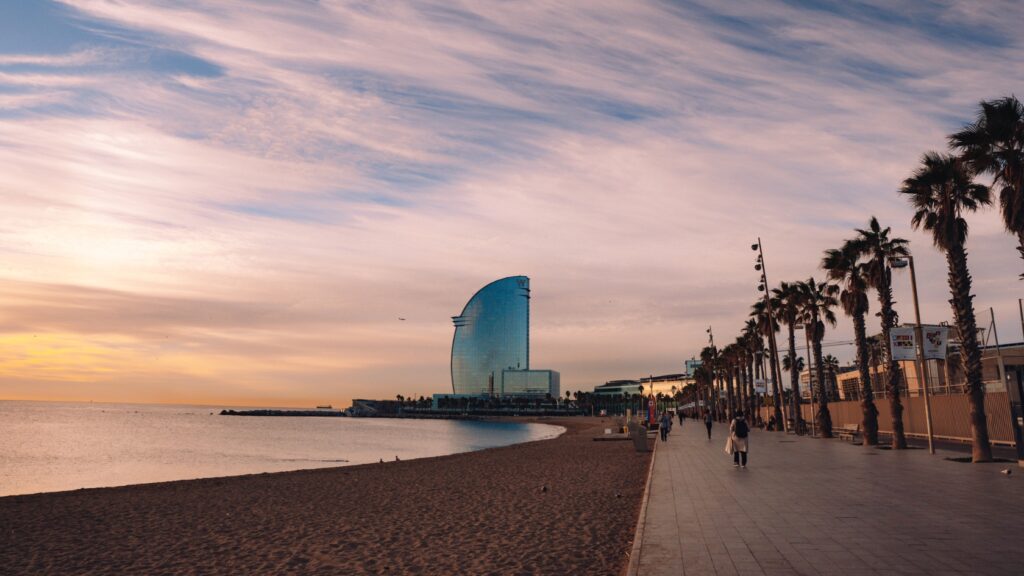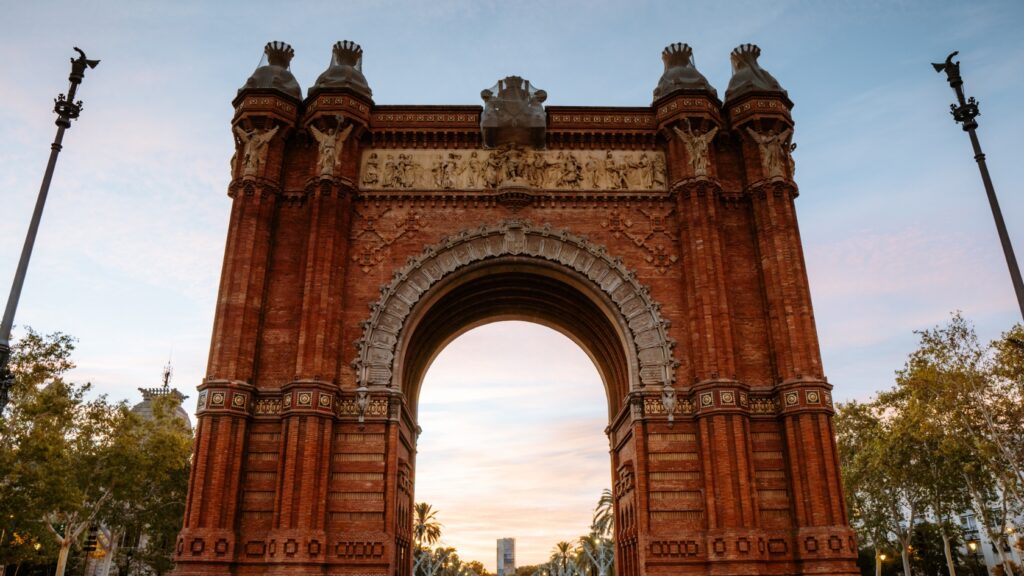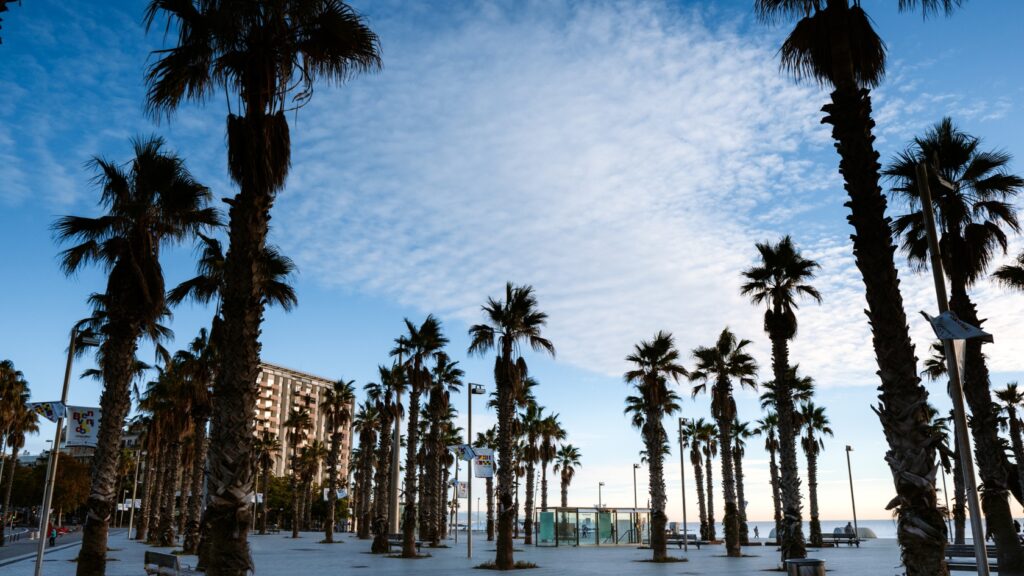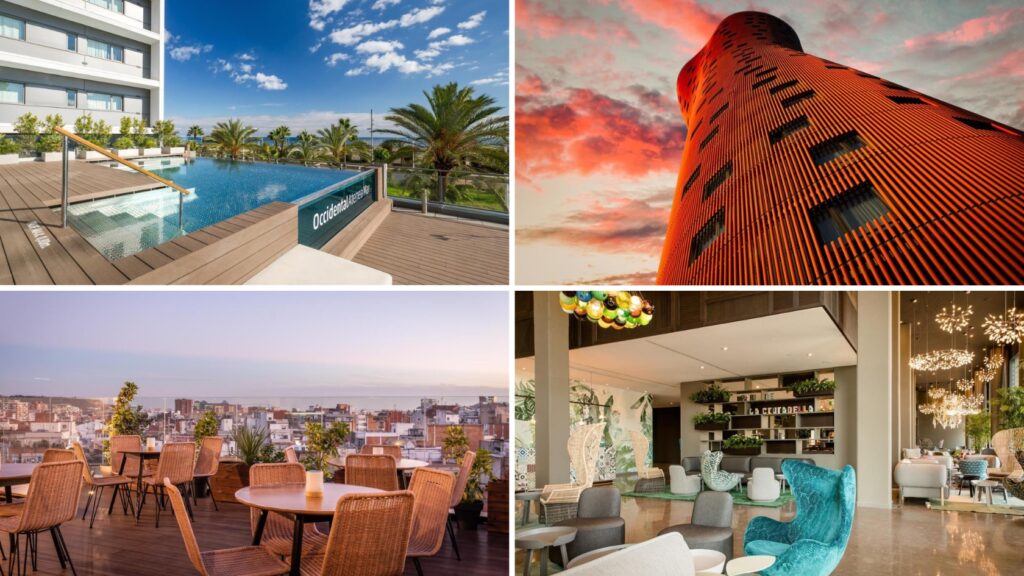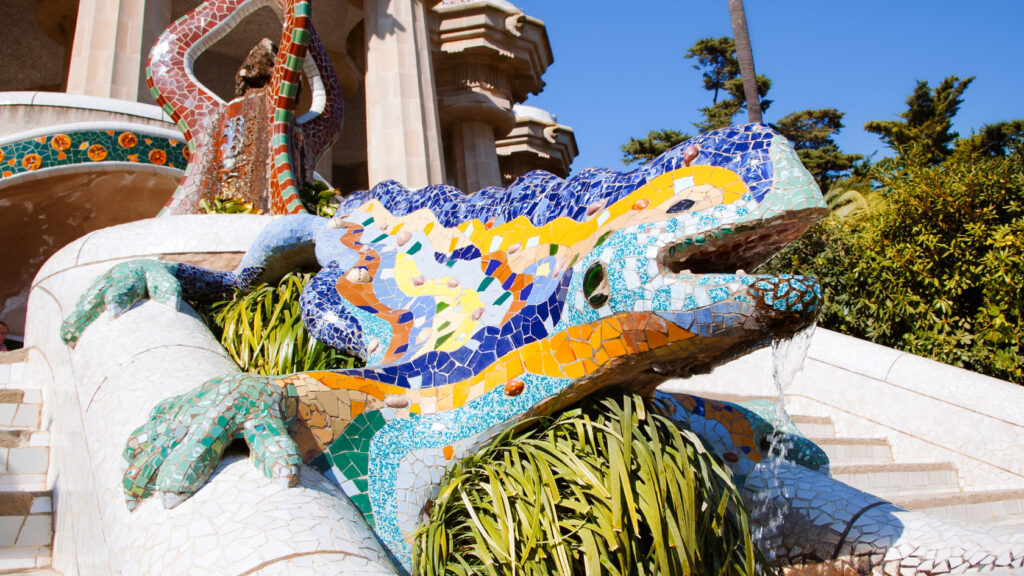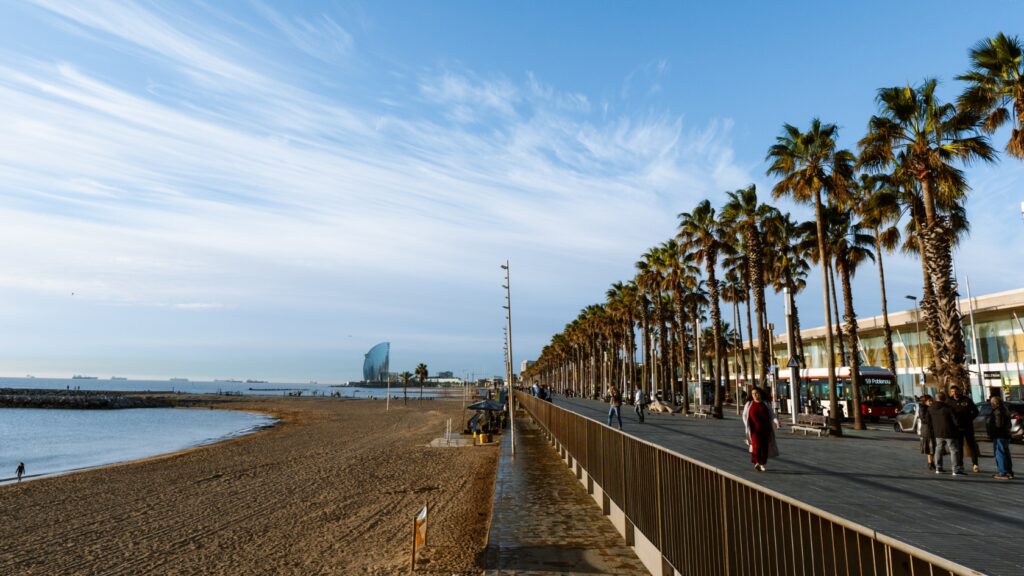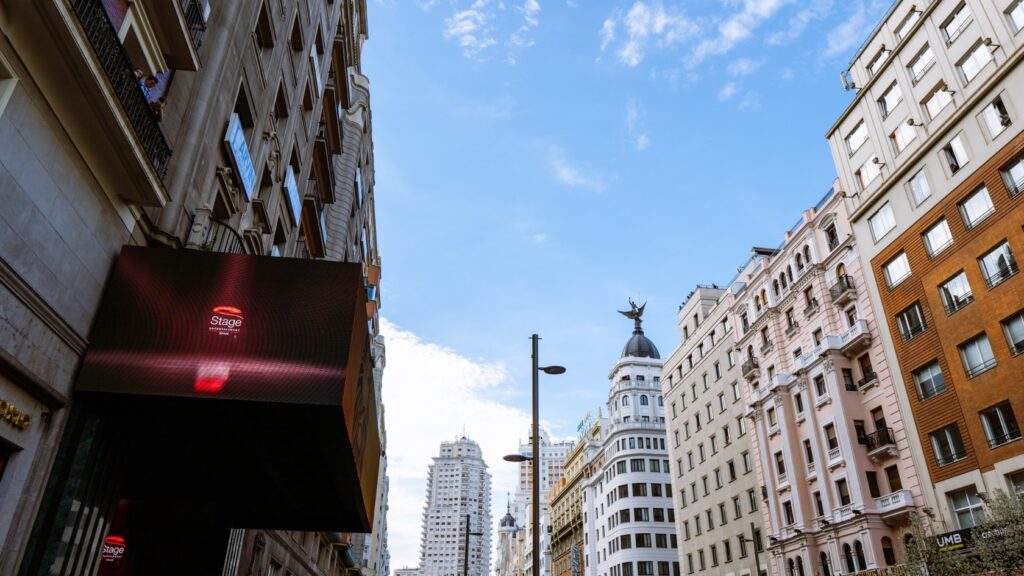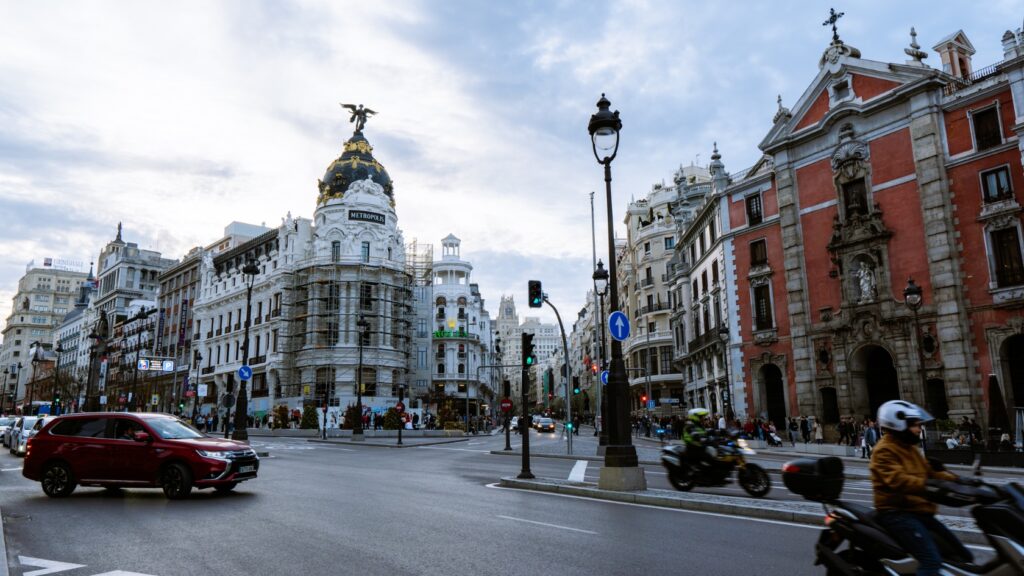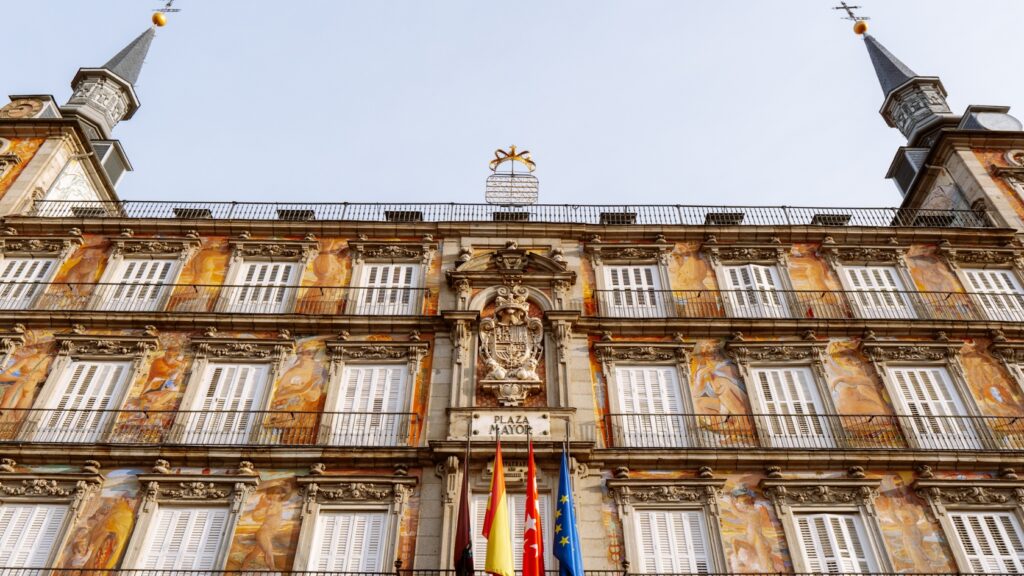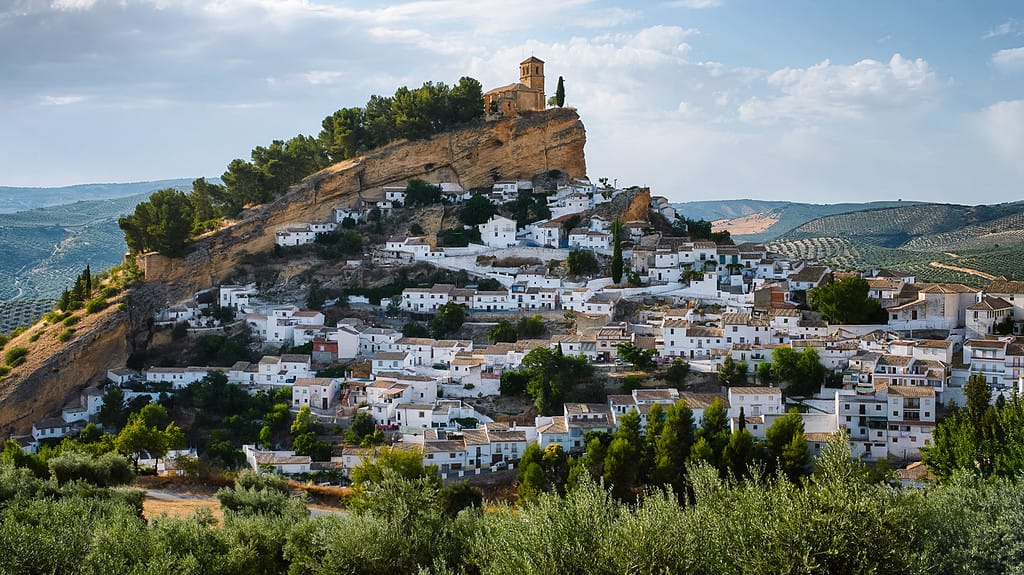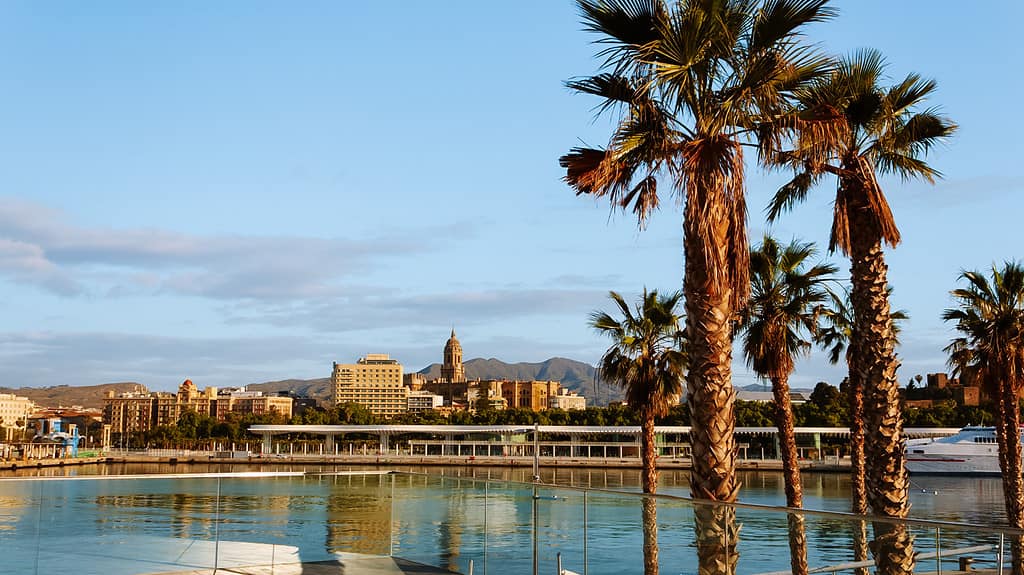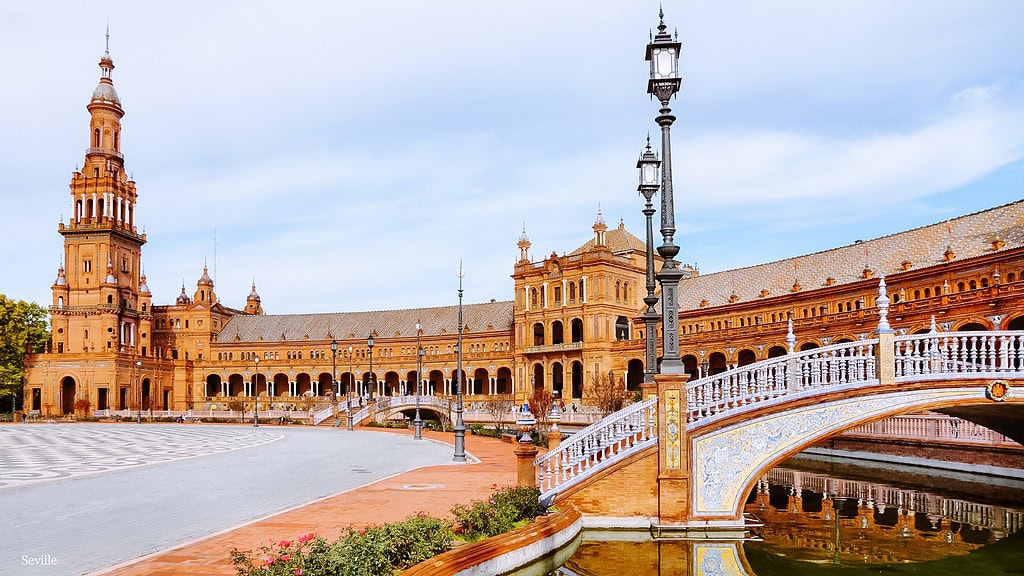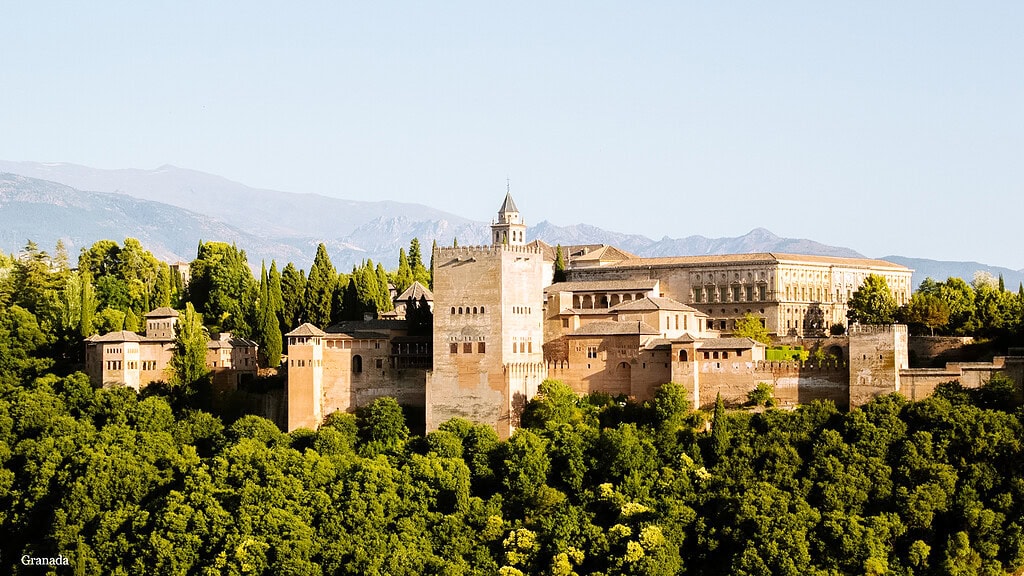TRAVEL GUIDE FOR SPAIN
Discover Spain, a country where stunning beaches, mountain ranges, vibrant culture and magnificent sights intertwine. From the beautiful golden sand beaches of the Costa del Sol to Gaudi’s work in Barcelona.
BEST PLACES IN SPAIN
30 Things to do in Mallorca (+ map): Best places to visit – Mallorca Travel Guide
Planning a holiday and looking for tips on the best places to visit…
25 Things to do in Madrid (+ map): Best places to visit
Looking for the best places to visit in Madrid, Spain? Check out our…
24 Things to do in Valencia, Spain (+ map): Best places to visit
Valencia, Spain is a city with beautiful beaches, a vibrant culture and delicious…
25 Things to do in Andalusia, Spain (+ map): Best Places to visit
Explore Andalusia, a beautiful region of Spain known for its stunning landscapes and…
BARCELONA
12 Tips on How to Save in Barcelona
Barcelona is a beautiful city, but as beautiful as it is, it’s also…
Barcelona El Prat Airport: How to get from the airport to the centre of Barcelona? (2024)
Barcelona – El Prat Airport is the main gateway to Barcelona. In this…
Barcelona Transport: Complete guide to the metro and public transport in Barcelona
In this guide to transport in Barcelona, we look at everything you need…
Barcelona 4 Days Itinerary (+ map)
Barcelona is famous for its iconic Sagrada Familia Basilica by Antoni Gaudí and…
3 days in Barcelona (+ map): Perfect itinerary & things to do in Barcelona
Planning to visit Barcelona for 3 days? Follow our itinerary with tips on…
Barcelona Travel Guide (2024): How to plan perfect trip to Barcelona
Are you planning a holiday in Barcelona? Here is Barcelona travel guide and…
10 Best hotels and accommodation in Barcelona for every budget (+ map)
Barcelona offers plenty of places to stay. So you don’t have to go…
20 Things to do in Barcelona with kids (+ map)
Are you planning to visit Barcelona with children? Here are our tips on…
How to Visit Sagrada Familia in Barcelona (2024) – Practical tips from our visit
Take a journey through the soaring towers and intricate facades of Sagrada Familia,…
10 Best Things to do in Barcelona for FREE
Barcelona is one of the most beautiful cities in Europe. But it is…
MADRID
Madrid 3 days itinerary (+ map)
Madrid is known for its iconic landmarks such as the Royal Palace and…
25 Things to do in Madrid (+ map): Best places to visit
Looking for the best places to visit in Madrid, Spain? Check out our…
Guide to transport in Madrid: airport, how to get around, metro and other tips
Madrid, the capital of Spain, is an easy and pleasant place to explore…
Madrid Travel Guide: 20+ useful tips to enjoy Madrid
Planning a holiday in Madrid? Here is a Madrid travel guide and useful…
ANDALUSIA
From whitewashed villages wedged into the mountains, to spectacular mountain ranges, to sandy beaches lining the Mediterranean, there’s something for everyone in Andalusia!
How to rent and drive a car in Spain (2024) – tips and experiences
Roads running along the rocky coastline, mountain passes through wild countryside and picturesque…
Malaga: 22 tips for trips and things to see in Malaga (2024) – guide and map
Malaga is an amazing destination for travellers who want to experience the best…
Seville: 16 Things to do in Seville, Spain (+ map): Best places to visit
Seville in Spain is an amazing city full of Andalusian history and culture….
10 Things to do in Granada, Spain (+ map): Best places to visit
Granada is a historical gem, home to the world-famous Alhambra Palace and its…
25 Things to do in Andalusia, Spain (+ map): Best Places to visit
Explore Andalusia, a beautiful region of Spain known for its stunning landscapes and…
USEFUL INFORMATION
When to visit Spain
Spain is an ideal destination all year round. So the best time depends on what you plan to do in Spain:
Spring (March to May): Spring is the best time of year for most of Spain, from outdoor activities to sightseeing. The weather is pleasant, with mild temperatures and a blooming landscape. Cities like Madrid, Seville and Barcelona are particularly beautiful in spring. Seville’s famous Feria de Abril is also held in spring.
Summer (June to August): Summer is the peak tourist season, especially in coastal areas and islands (e.g. Ibiza and Mallorca). The weather can be very hot, especially in the south, for example in Andalusia. Beach destinations are crowded, but it’s a great time of year for sunbathing, water sports and enjoying the lively nightlife. Northern areas such as Galicia and the Basque Country are colder.
Autumn (September to November): This period is ideal for those who prefer fewer people but still want to enjoy the nice weather. It is a great time of year to visit vineyards, especially in the Rioja region, and for outdoor activities such as hiking. Cities such as Barcelona and Valencia have pleasant temperatures.
Winter (December to February): In winter you can enjoy skiing in the Pyrenees or the Sierra Nevada. If you’re looking for warmth, head to the Canary Islands. However, be prepared for shorter days and cooler weather, especially in the north.
Transport in Spain
Public transport
Travelling around Spain is comfortable and efficient thanks to an extensive and well-connected transport system including trains, buses and ferries.
The backbone of long-distance transport in Spain is the Renfe train network, which connects many major cities across the country. This network includes a number of train services, including regional and ultra-fast AVE trains. These high-speed trains, which reach speeds of up to 300 km/h, are among the fastest in Europe. Most train lines offer the possibility to buy tickets online. Here you will find train connections in Spain.
An alternative and popular method of travelling around Spain is by bus, offered by national providers such as Alsa and Avanza. These buses also go to smaller towns and villages that are out of reach of the rail network. Bus journeys are generally more economical than train journeys, but tend to be longer. You can buy tickets for them both at the stations and online. Here you will find bus services to and within Spain.
You can use ferries to connect mainland Spain with the islands or between islands. At this link you can search for all ferries.
By car to Spain
Spain’s road network is well maintained and motorways (autopistas) are tolled. Toll prices in Spain average around €8-9 per 100 km. You can pay the toll in cash or by card – each payment gateway displays symbols indicating the accepted payment methods.
The maximum speed limit on Spanish motorways is 120 km/h, reducing to 110 km/h in rain. On normal roads the limit is 90 km/h and in villages it is usually 50 km/h.
If you are considering hiring a local car in Spain, we recommend booking well in advance. In areas with narrow and winding roads, such as those found in many rural and mountainous areas, it can be advantageous to choose a smaller model. Smaller vehicles are easier to manoeuvre and park, especially as parking spaces can fill up quickly. Find out more about driving in Spain in our guide on How to rent and drive a car in Spain.
Culture and tradition in Spain
Culture
Spanish cities are like living museums, each telling its own story through different architectural styles. From Gothic and Modernist buildings in Barcelona to Moorish influences in Granada, every Spanish city has its own unique story. Visiting famous museums such as the Prado in Madrid or the Guggenheim Museum in Bilbao will give you an insight into Spain’s rich contribution to the art world.
Spain, with its deep artistic roots, offers a lively opera scene. The experience of the performance at Teatro Real in Madrid is unforgettable.
In cities such as Madrid and Barcelona, fashion also plays an important role. Even without shopping, the fashion influence can be felt on the streets, from the impeccably dressed locals to the artistically decorated shop windows.
Traditions and festivals
The family is central to Spanish life and this is reflected in communal dining and festive celebrations. Spain is a predominantly Catholic country and is known for its many churches and religious festivals.
In Barcelona, you can experience unique festivities such as La Mercè, or in Valencia, the Fallas festival with its spectacular fireworks and effigies. Traditional religious festivals are also widely held in smaller towns.
Typical dishes in Spain
Spanish cuisine is as diverse as its regions. Each region boasts its own specialities, such as seafood in Galicia, gazpacho in Andalusia and hearty stews in the central regions.
Some of the typical and popular dishes you can taste in Spain include:
Paella: This iconic rice dish originates from Valencia and often contains seafood, meat and vegetables.
Tapas: Everywhere in Spain they enjoy small dishes. Try patatas bravas, jamón ibérico and tortilla española.
Seafood: Seafood dishes such as pulpo a la gallega (octopus) or bacalao al pil pil are delicious in coastal areas, especially Galicia and the Basque Country.
Meat and cheese: Spain is famous for cured meats like chorizo and cheeses like Manchego. Don’t miss out on jamón ibérico from regions like Extremadura.
Desserts and sweets: for dessert, enjoy churros with chocolate, turrón (nougat) or crema catalana. You must also try the Spanish ice cream with different flavours.
- The basis of Spanish cuisine is fresh, seasonal ingredients.
- With your meal, enjoy local wines, which often complement regional dishes perfectly.
- Exploring local markets is a great way to immerse yourself in regional food and ingredients.
- A typical Spanish experience is enjoying a café solo (espresso) in the bar.
- In Spain, cappuccinos and other milky coffees are usually drunk in the morning.
- Many restaurants include a service charge on the bill, but while tipping is not mandatory, it is appreciated for exceptional service (usually around 5-10% of the bill).
☞ See all destinations.
